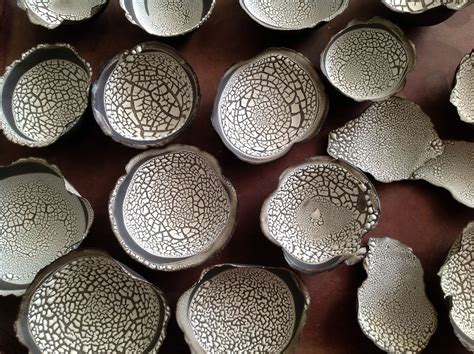Best Cone 10 Black Stain Recipe for Pottery
Are you a pottery enthusiast looking to achieve that deep, rich black in your Cone 10 glazes? Finding the perfect black stain recipe can be tricky, as many factors influence the final color. This guide will delve into the intricacies of creating a stunning Cone 10 black stain for your pottery projects. We’ll cover key ingredients, firing considerations, and troubleshooting tips to help you achieve consistent, professional-looking results.
Understanding Cone 10 Firing
Before we dive into the recipes, understanding Cone 10 firing is crucial. This high-temperature firing process demands specific stain compositions capable of withstanding the intense heat. Many commercial black stains will simply burn off or change color at this temperature, emphasizing the need for a carefully formulated recipe. Cone 10 requires stains specifically designed for high-temperature applications.
The Importance of Raw Materials
The quality of your raw materials directly impacts the final color and stability of your black stain. Using high-quality, commercially sourced ingredients is essential. Experimenting with untested materials can lead to unpredictable results and potentially ruin your work.
A Basic Cone 10 Black Stain Recipe (Example)
This recipe provides a foundational approach. Remember, exact ratios may need adjustment based on your specific clay body and kiln. Always test your recipes on small samples before applying them to your final pieces.
Ingredients:
- Iron Oxide (Black): This is the primary pigment providing the black color. The amount will heavily influence the darkness and depth of the black.
- Manganese Dioxide: Adds depth and can modify the black's undertones. Use cautiously, as too much can result in a brownish hue.
- Cobalt Carbonate: Contributes to the intensity and darkness of the black, intensifying the color. Again, moderation is key.
- Nepheline Syenite: A flux, aiding in the fusion and even distribution of the stain during firing.
- Ball Clay: This adds to the stain’s body and helps it bind effectively to the glaze.
Mixing Instructions:
- Dry Mixing: Thoroughly mix all dry ingredients in a clean container. Ensure a completely uniform blend to prevent uneven color distribution.
- Wet Mixing: Gradually add water, mixing slowly and thoroughly until a smooth, creamy consistency is achieved. Avoid lumps and ensure complete hydration of all materials.
- Testing: Always test your mix on small ceramic tiles before applying it to a finished piece. Fire these test tiles in a test kiln to assess the results.
Troubleshooting Common Issues
Achieving a perfect black stain at Cone 10 can present some challenges. Here's how to tackle common issues:
Brownish Hues:
If your black stain is turning brown, you may have used too much manganese or insufficient iron oxide. Adjust the ratio to increase the iron oxide while reducing the manganese.
Uneven Color:
Uneven coloration is often due to insufficient mixing or uneven application. Ensure thorough mixing, and apply the stain evenly to the pottery.
Mottling:
Mottling can be caused by inconsistencies in the clay body or glaze. Experiment with using a more homogenous clay body and carefully test the stain’s compatibility with your specific glaze.
Conclusion
Creating a perfect Cone 10 black stain requires precision, patience, and careful attention to detail. Through understanding the ingredients, controlling the ratios, and diligently troubleshooting, you can achieve that deep, rich black you desire, taking your pottery to the next level. Remember to always prioritize safety when working with ceramic materials and follow best practices for your kiln. Happy potting!
